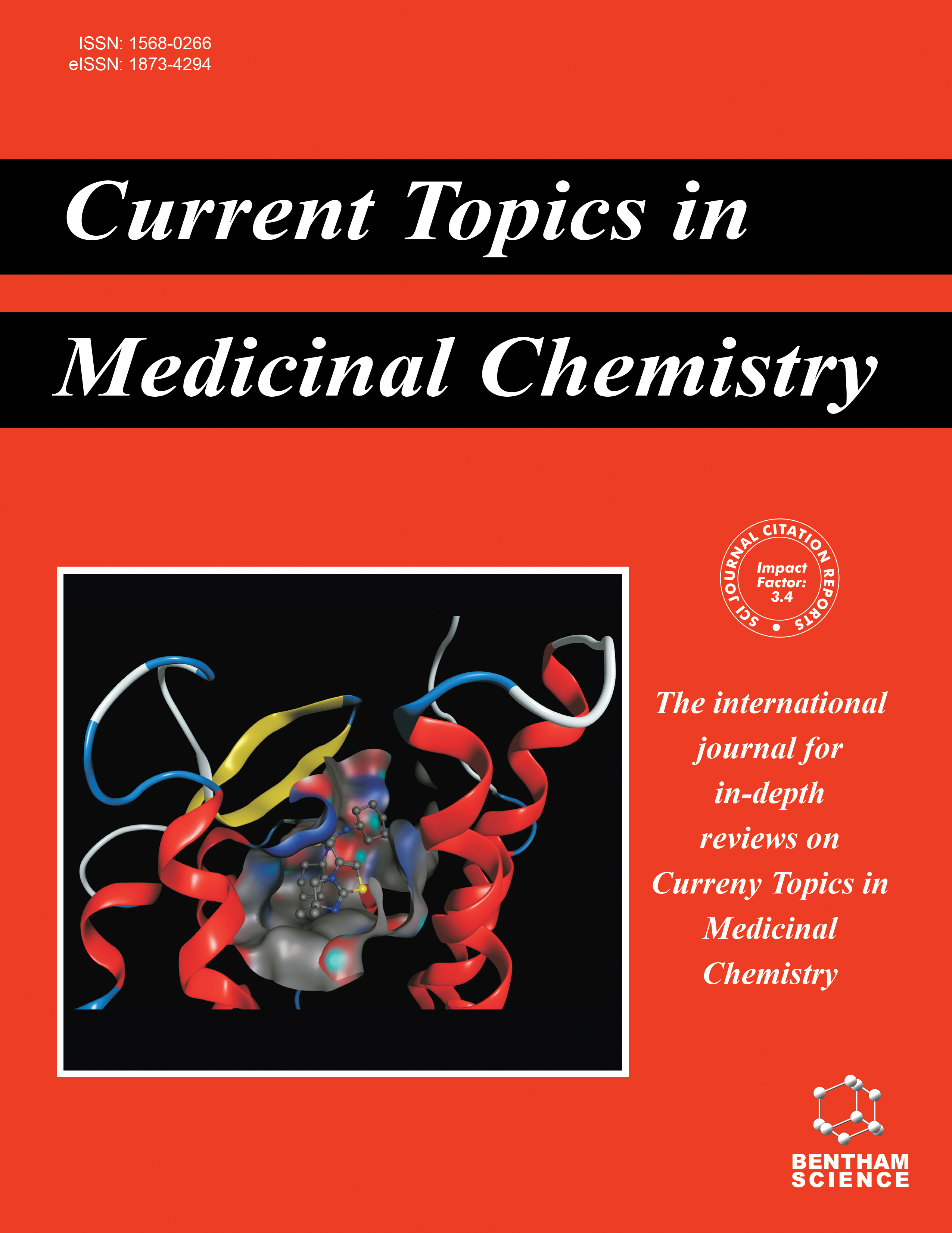-
s Current Practice and New Developments in the Use of In Vivo Magnetic Resonance Spectroscopy for the Assessment of Key Metabolites Implicated in the Pathophysiology of Schizophrenia
- Source: Current Topics in Medicinal Chemistry, Volume 18, Issue 21, Aug 2018, p. 1908 - 1924
-
- 01 Aug 2018
- Previous Article
- Table of Contents
- Next Article
Abstract
Magnetic Resonance Spectroscopy (MRS) has become a valuable tool for investigating the biochemical bases of both normal processes in the healthy brain and elucidating the pathophysiology of neuropsychiatric disorders. As a rapidly advancing field, new developments in pulse sequence design have seen new possibilities arise in terms of what can be done with in vivo spectroscopy. While the applications of MRS are numerous, this review has been confined to the use of single voxel spectroscopy in the assessment of five key metabolites and their roles in schizophrenia: N-acetylaspartate (NAA), glutamate (Glu) and glutamine (Gln), γ-aminobutyric acid (GABA) and glutathione (GSH). This article will briefly cover the roles they play in schizophrenia, review current methods being used in their assessment and highlight new approaches that may potentially overcome some of the limitations current methods pose.


